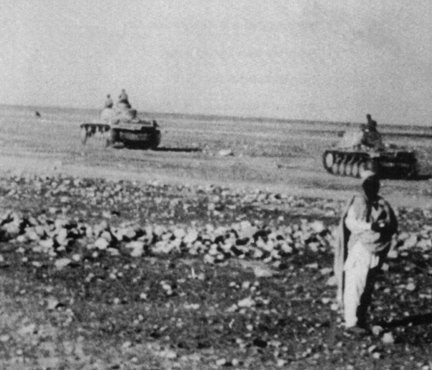World War II, a global conflict that engulfed much of the world from 1939 to 1945, ended in two phases: the surrender of Nazi Germany in Europe in May 1945 and the surrender of Imperial Japan in the Pacific in September 1945. This article explores the key events leading to the end of the war in both theaters and the underlying reasons for the Axis powers’ defeat.
The End of WW2 in Europe
The war in Europe concluded with the unconditional surrender of Germany on May 8, 1945, marking Victory in Europe Day (V-E Day). Several factors contributed to this outcome:
The Eastern Front:
The relentless advance of the Soviet Red Army from the east, following the devastating Battle of Stalingrad in 1942-43, played a crucial role. By 1945, Soviet forces had pushed the German Wehrmacht back into its own territory, ultimately capturing Berlin in April.
The Western Front:
The successful D-Day landings in Normandy on June 6, 1944, opened a second major front, further stretching German resources. The subsequent Allied advance through France and into Germany, coupled with the relentless bombing campaigns that crippled German industry and infrastructure, significantly weakened the Nazi war machine.
Allied Superiority:
The combined military and industrial might of the Allied powers, including the United States, Great Britain, and the Soviet Union, overwhelmed Germany. The Allies possessed superior manpower, resources, and production capacity, enabling them to sustain a prolonged war effort.
Internal Collapse:
The Nazi regime’s brutal policies and relentless war effort alienated much of the German population. As Allied forces closed in, internal dissent and resistance grew, further contributing to the collapse of the Third Reich. Hitler’s suicide on April 30, 1945, symbolized the final demise of the Nazi leadership.
The End of WW2 in the Pacific
The war in the Pacific ended with Japan’s surrender on September 2, 1945, following the atomic bombings of Hiroshima and Nagasaki. The reasons for Japan’s defeat include:
Island Hopping Campaign:
The US Navy’s strategy of “island hopping,” capturing key Japanese-held islands in the Pacific, gradually eroded Japan’s defenses and cut off its supply lines.
Naval and Air Superiority:
The US Navy and Air Force achieved dominance in the Pacific, inflicting heavy losses on the Japanese fleet and air power. This dominance allowed the Allies to isolate Japan and conduct devastating bombing raids on its cities.
The Atomic Bombings:
The atomic bombings of Hiroshima and Nagasaki in August 1945, while controversial, forced Japan’s unconditional surrender and ultimately brought the war to an end. The devastating power of these weapons demonstrated the futility of continued resistance.
Soviet Entry into the War:
The Soviet Union’s declaration of war against Japan on August 8, 1945, and its subsequent invasion of Manchuria, further pressured Japan to surrender.
Conclusion
World War II ended due to a complex interplay of factors, including the Allied powers’ overwhelming military and industrial superiority, the relentless advance of the Soviet Red Army, the successful D-Day invasion, the effectiveness of the island-hopping campaign in the Pacific, and the devastating impact of the atomic bombs. The war’s conclusion marked a turning point in history, leading to the establishment of a new world order and the rise of the United States and the Soviet Union as superpowers. The devastation and loss of life during the conflict served as a stark reminder of the horrors of war and the importance of international cooperation to prevent future conflicts.
